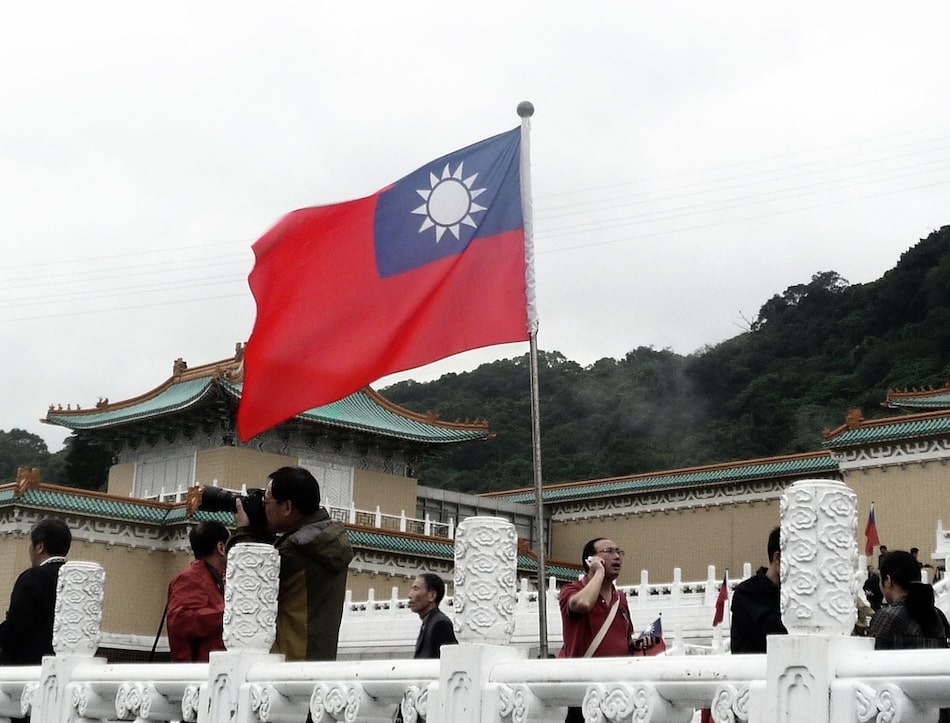
Amid growing concern over exposure to U.S. dollar assets, Taiwan’s government and central bank are evaluating the inclusion of bitcoin as a strategic reserve asset.
Calls for diversification intensify
The move follows public calls from political leaders urging the Central Bank of the Republic of China (CBC) to reduce reliance on U.S. Treasuries.
Legislative Yuan member Cho Jung-tai confirmed that a pilot program could begin with bitcoin seized by law enforcement agencies.
The initiative marks a response to both market volatility and recent policy shifts in the United States, which have impacted the value of the Taiwanese dollar.
Pressure mounts from political and economic leaders
Former Premier Chen Chong has repeatedly criticized the CBC for lagging behind other nations in diversifying reserves.
He noted that countries like France and Germany hold significant gold reserves, while Taiwan remains heavily invested in U.S. dollars and Treasuries.
Chen Chong argued in May that this approach creates concentration risk and called on the CBC to expand its reserve assets for greater security.
Chinese Nationalist Party Chairman Eric Chu also questioned the sustainability of Taiwan’s U.S. debt holdings, asking:
“How much of this will Taiwan be able to redeem?”
A global trend toward diversification
Taiwan’s debate echoes a broader global shift. A recent survey of 75 central bank reserve managers found that 60% plan to diversify portfolios within the next two years, citing geopolitical risks and policy uncertainty.
Additionally, 73% of central banks expect the share of U.S. dollars in global reserves to decline.



